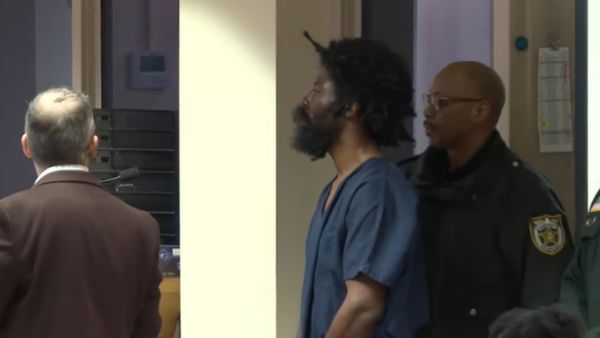
A cathedral is different from your local church in that it is defined as the seat of power, or administration, for the Bishop who presides over that particular area. The practical upshot of this is that cathedrals are much larger, more ornate and offer a wealth of photographic opportunities, from architecture to interesting objects.
For this project I headed down to Salisbury Cathedral, which is certainly one of the most impressive in the United Kingdom.
There are three main challenges: distortion, low light and overly bright highlights. The first one is tricky and can only be completely overcome by using a tilt-shift lens to correct the converging verticals and having the building look like it’s falling away.
If you lack that, then the best practice is to get as far away as possible with an unobstructed view, then zoom in to fill the frame. The nearer you are and the wider the lens used, the worse the distortion will be. However, the wider the lens, the more depth of field you get.
You could aim to hit the hyperfocal distance for focusing (which creates the most front-back depth of field), but if the foreground is basically grass and not that important then it's better (like in this case) to focus on the building itself, with an f/5.6-f/8 aperture, for maximum sharpness.
Objects of interest

There can often be interesting objects stashed away inside a cathedral. Use as wide an aperture as possible and zoom in. This image is shot is f/4.5 at 72mm – it’s the bell from a ship that was used to baptize babies at sea. There are children’s names inscribed inside the rim.
Religious elements

It’s a place of worship, so there will be things related to that – none more striking than a pulpit for preaching to the masses. Here, the pulpit is incredibly ornate. If you have to use a wide-angle lens, expect plenty of depth of field, despite an aperture of f/3.5, like here.
Halls and tombs

There will be plenty of tombs related to either well-known figures or those prepared to ease their way into the afterlife with a handsome donation to the church. Combine the tomb (at the end) with long hallways to provide leading lines. Stay away from the walls to reduce the distortion.
Abstract ceilings

To capture the ornate ceilings, stand directly underneath and look up or use a flip-out LCD to make it easier on your neck. The key is to aim for a symmetrical composition of the main elements, even if other features are not balanced. Ensure that your shutter speed is fast enough.
Figures and creatures

Cathedrals often have mythical creatures for you to look for. At Salisbury Cathedral there are all kinds of other figures, such as these four. Like the ceiling shots, aim for some structure and uniformity in the composition.

Why not also consider...
A wide angle lens to capture everything inside the cathedral. Having a mirrorless camera will make it easier to capture images in low light and a funky compact camera is something you can easily carry around and whip out when you see something interesting.







